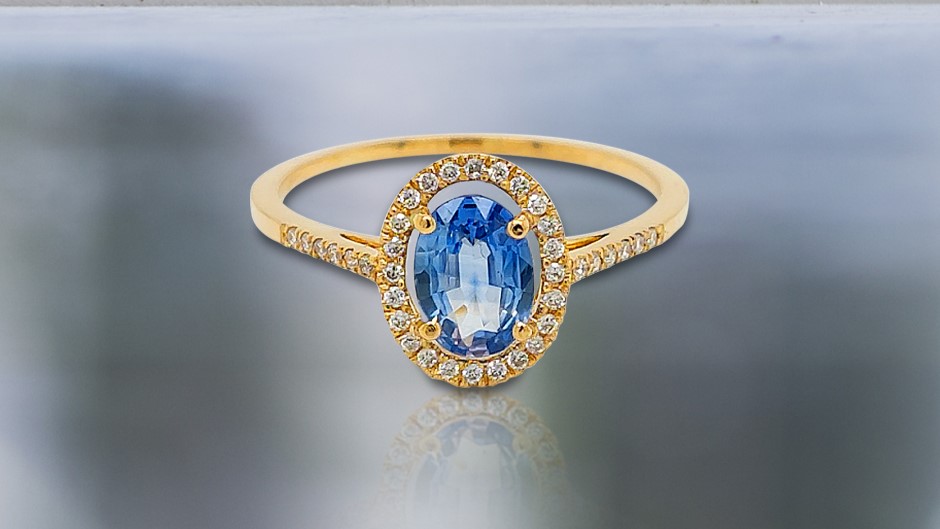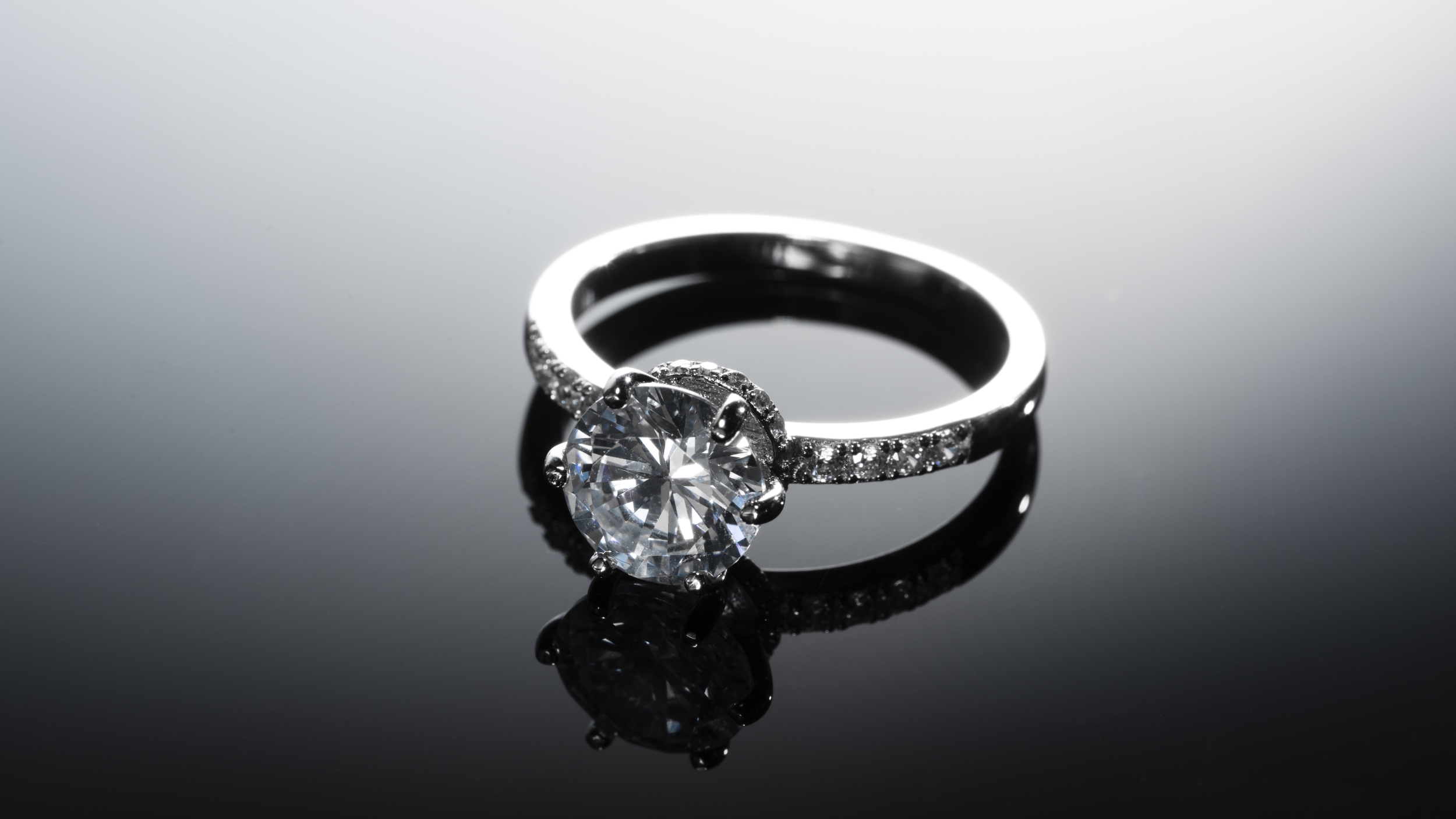What sets white gold, yellow gold, and rose gold apart? Today, we’re exploring a crucial decision in choosing a piece of jewelry: the various gold colors available.
In this article, we’ll delve into the characteristics of each gold color and highlight the benefits they bring to jewelry.
Why do we have 3 different gold colors?
Throughout history, gold has captivated craftsmen from various cultures, inspiring them to create exquisite ornaments and jewelry. However, gold’s inherent softness has always posed challenges for jewelers. Being a highly malleable metal, gold can be easily bent or dented, making it unsuitable for crafting durable jewelry pieces in its pure form. After all, no one desires a ring or earrings that quickly lose their shape!
Over time, artisans have created gold alloys by combining gold with other metals. An alloy is a mixture of two or more metals. By experimenting with harder metals such as copper and platinum, craftsmen have developed gold alloys that provide enhanced durability and strength for jewelry. These experiments have resulted in three primary colors of gold: yellow gold, white gold, and rose gold.

1. Yellow Gold:
When we envision gold, we instantly picture the radiant allure of yellow gold. This metal symbolizes opulence and regality, captivating our senses with its brilliant hue.
Is Yellow Gold Considered Pure Gold?
Yellow gold is often perceived as the most ‘pure’ form of gold due to its close resemblance to natural gold mined from the Earth. However, it’s important to note that jewelry made from yellow gold typically includes alloy metals, as detailed in the preceding section.
Why does yellow gold contain alloys?
Summarizing the information provided earlier, the yellow gold commonly found in jewelry is not pure gold but rather a gold alloy. This is necessary because pure gold is too soft to retain its form, requiring it to be combined with other, more durable metals like silver, copper, and platinum for use in jewelry.

2. White gold:
Glistening with modern elegance, white gold has surged in popularity in recent decades, emerging as the favored hue among gold enthusiasts worldwide.
What is white gold?
White gold is crafted from an alloy comprising pure gold, known for its natural yellow hue, which is then combined with white-colored metals such as platinum, silver, manganese, or palladium. Despite this blend, the resulting white gold alloy may retain a subtle yellow tint. To achieve its signature lustrous white appearance, white gold is further treated with a coating of rhodium, a durable and exquisite precious metal.
White gold needs some maintenance
White gold jewelry demands extra attention compared to its yellow or rose gold counterparts due to the gradual fading of its rhodium layer with wear. Consequently, the underlying slightly yellow-hued alloy metal becomes visible. Thus, periodic professional rhodium plating, known as “re-dipping,” is necessary. Fortunately, most reputable jewelers provide this service at a nominal cost, typically requiring just a day or two to complete.
Why choose white gold?
The primary attraction of white gold lies in its ability to closely resemble platinum to the untrained observer. While platinum stands out as the most resilient and costly among precious metals, white gold offers a more budget-friendly alternative with a strikingly similar appearance. Thus, if your preference leans toward platinum but budget constraints arise, white gold emerges as an excellent alternative.

2. Rose gold:
Rose gold was originally crafted by the acclaimed Russian jeweler, Carl Fabergé. In the 1800s, he introduced this unique hue in his iconic Fabergé Eggs, referring to it simply as Russian Gold. This exquisite metal gained popularity in both Europe and the USA during the Art Deco era of the 1920s and has experienced a resurgence in modern trends since the early 2000s.
Where does rose gold get its color from?
The pink hue of rose gold originates from the infusion of copper into the gold alloy blend, giving it its distinct and appealing coloration.
Why choose rose gold?
If durability is important to you when it comes to choosing between yellow gold, white gold or rose gold, then rose gold makes a strong case. Rose gold is in fact considered the most durable and scratch-resistant of all the gold colours. This is due to the relative toughness and robustness of copper, which forms the heart of the alloy alongside pure gold.
How to choose between white gold vs yellow gold vs rose gold?
When choosing the ideal jewelry piece for yourself or a loved one, several factors come into play to shape your decision:
- Initially, it’s essential to contemplate the overall style of the item and decide between the vintage allure of rose gold, the timeless elegance of yellow gold, or the modern sophistication of white gold.
- Additionally, when considering purchasing jewelry as a gift, it’s advisable to take into account the recipient’s preferred gold color. If they typically wear white gold, it’s best to select a piece in that hue. Similarly, individuals who favor yellow gold often have a skin tone that complements rose gold.
- Take Your Budget into Account. Among gold colors, yellow gold tends to be the most economical, with white gold and rose gold following closely. Additionally, factor in the gold purity of your selection: opt for 9K gold for more budget-friendly options, and consider 18K gold if you’re working with a larger budget.